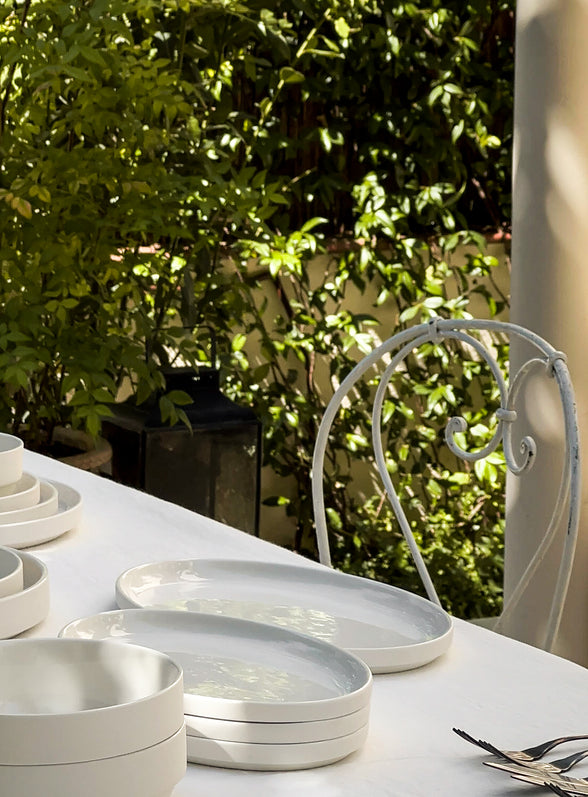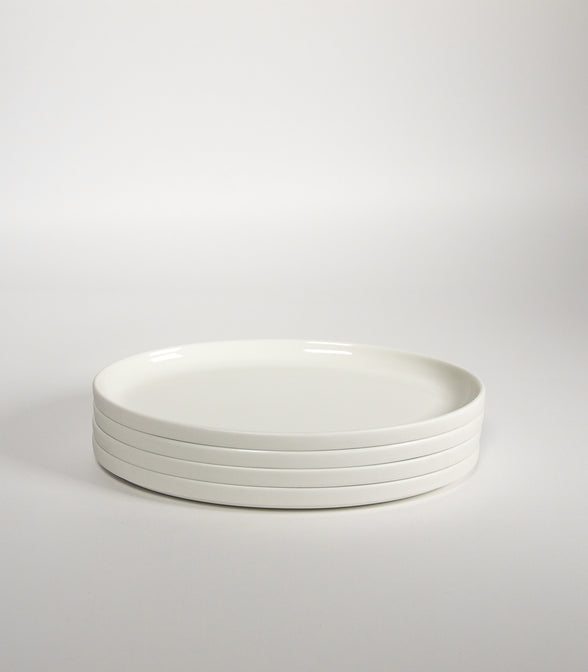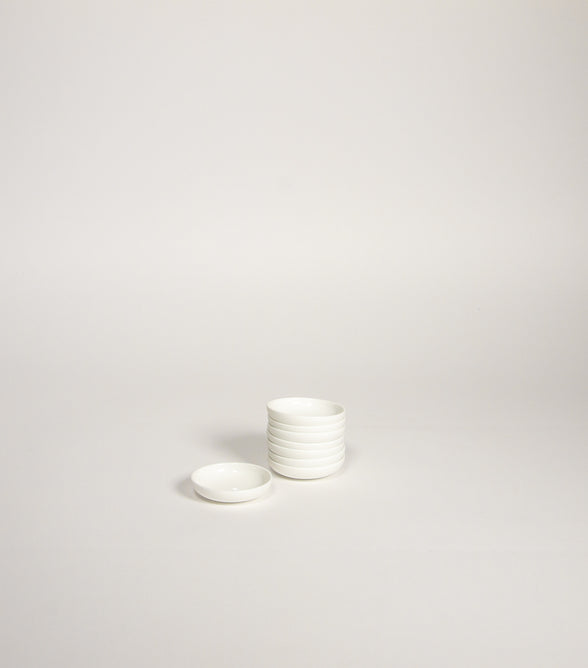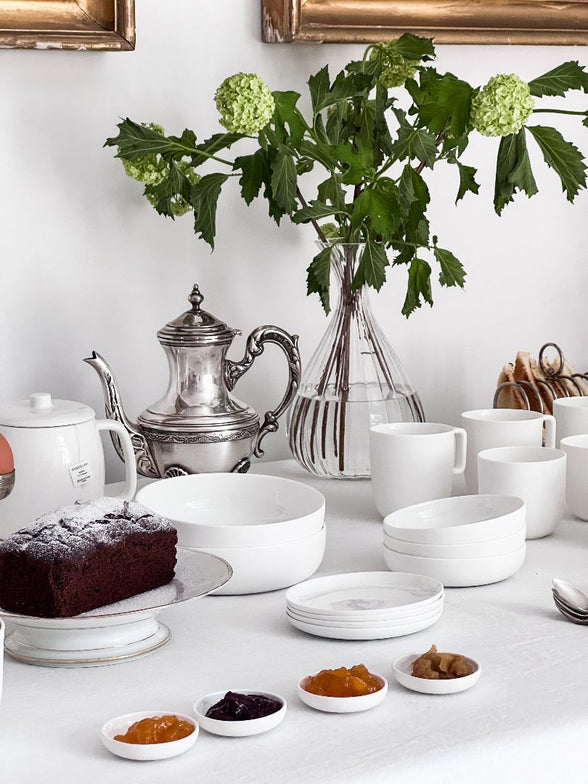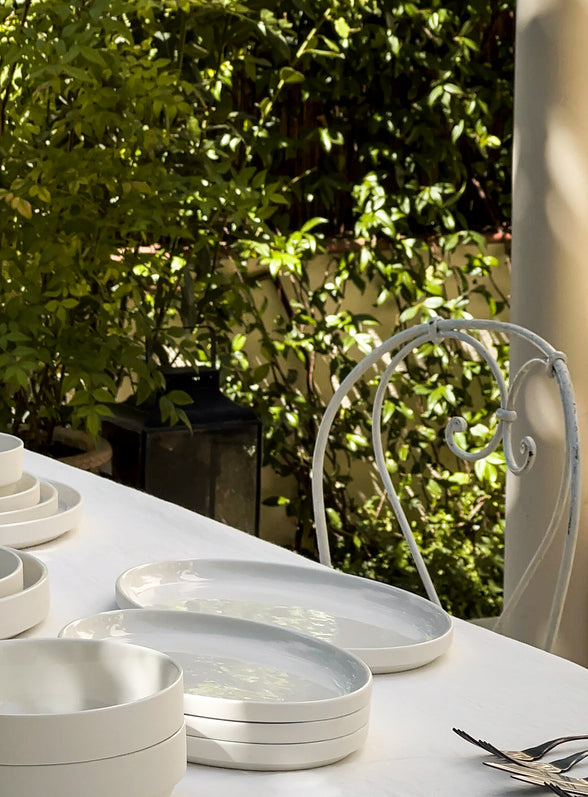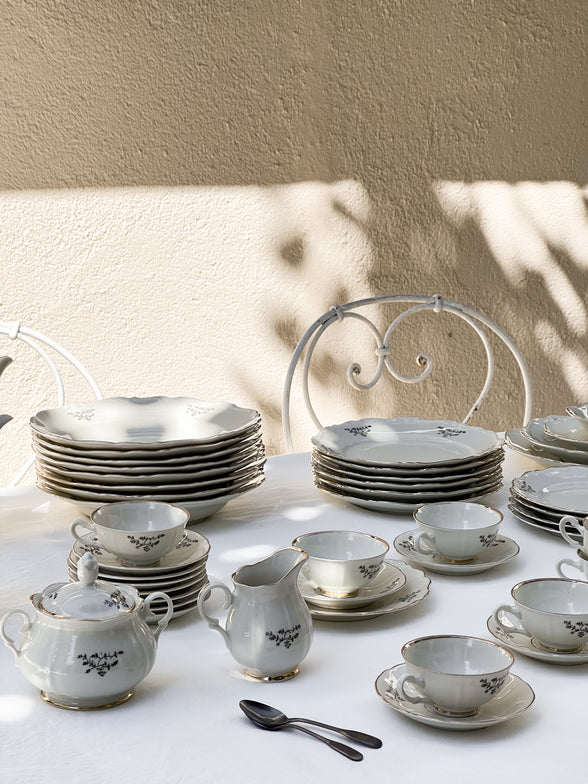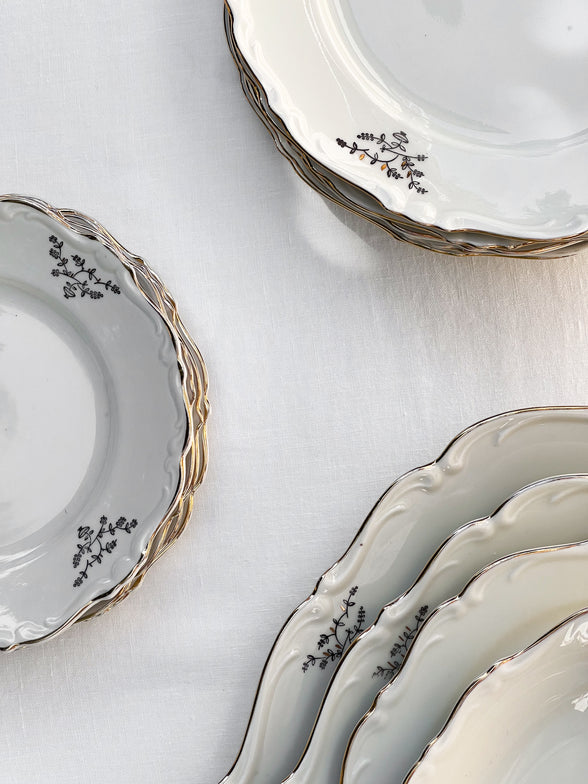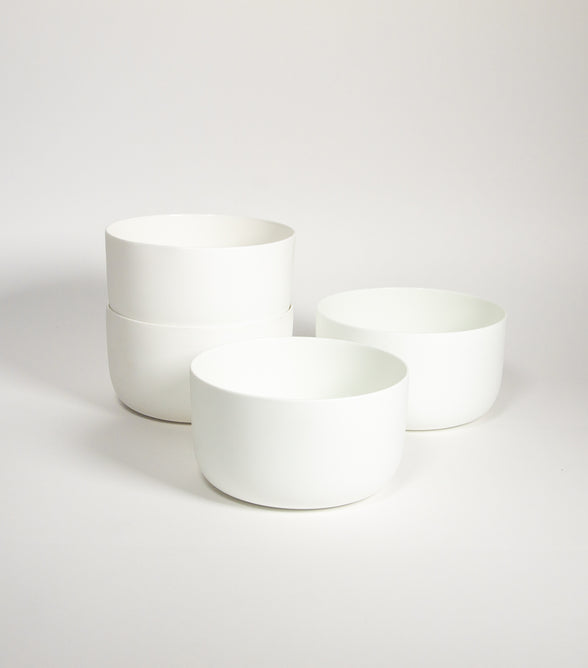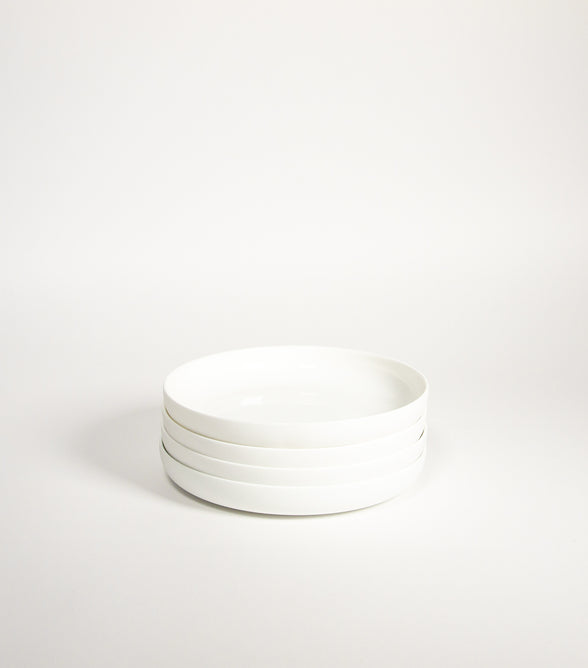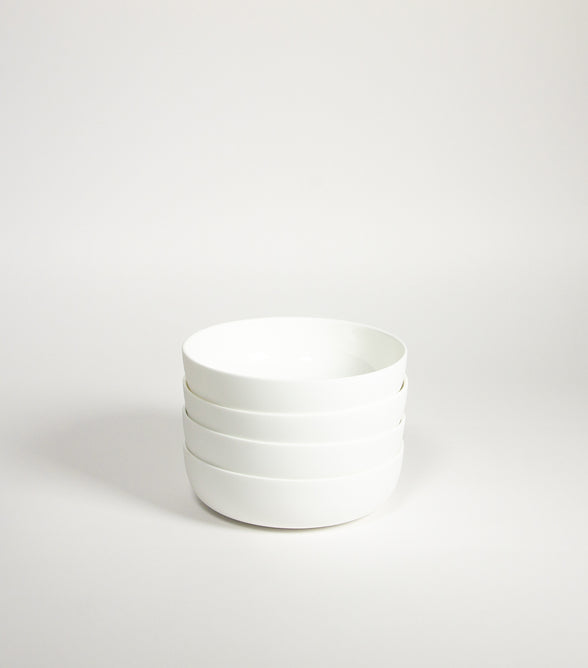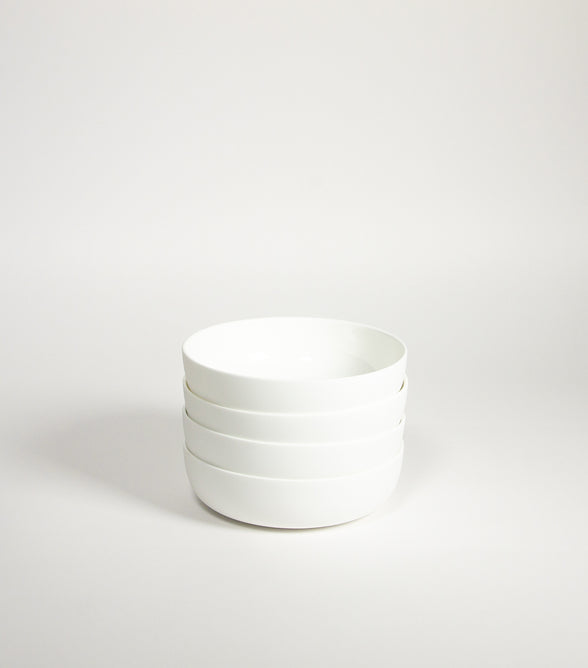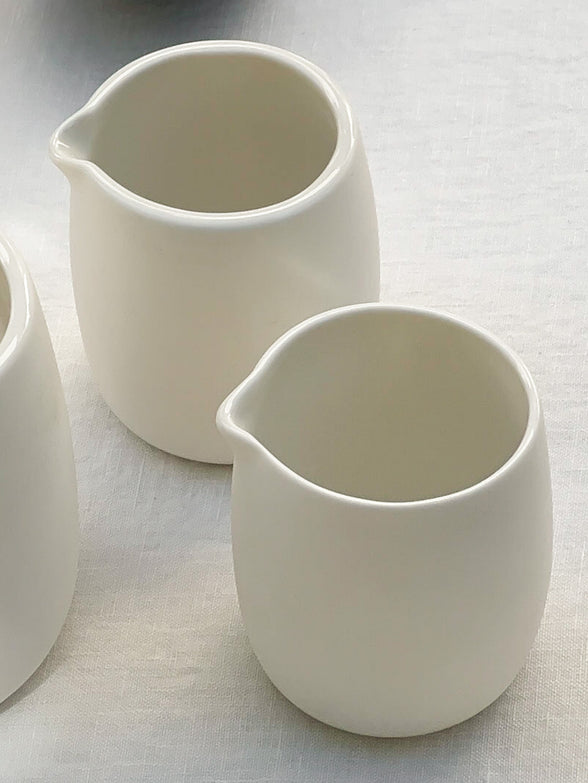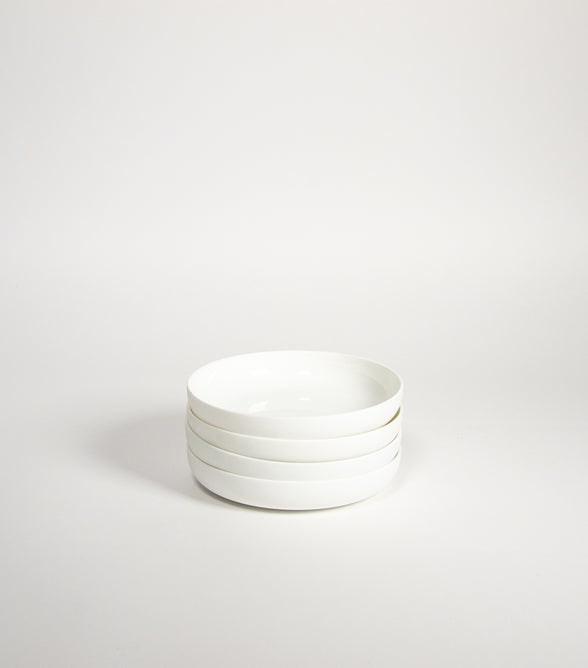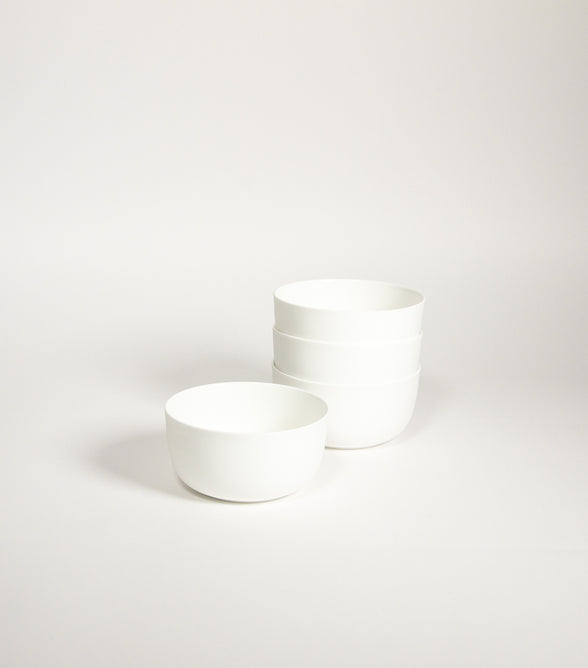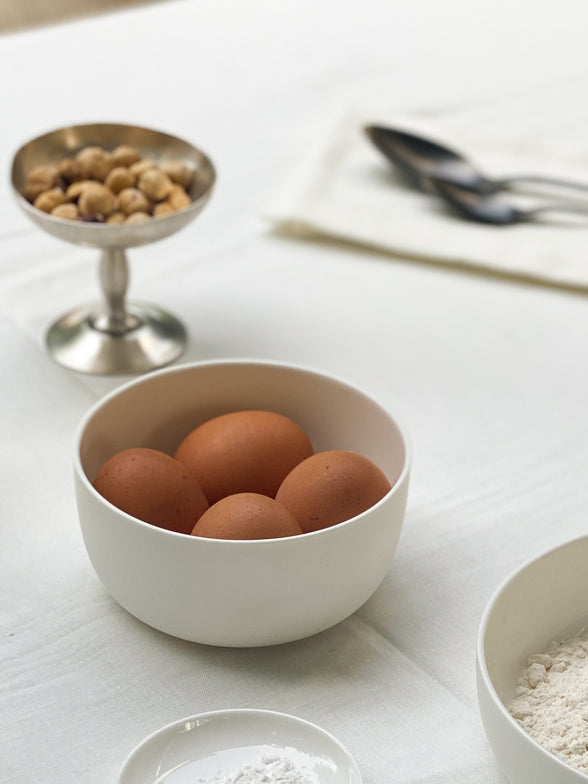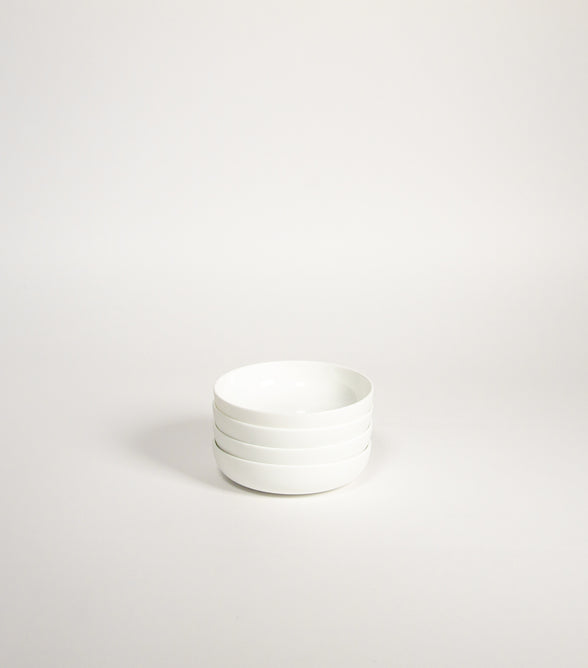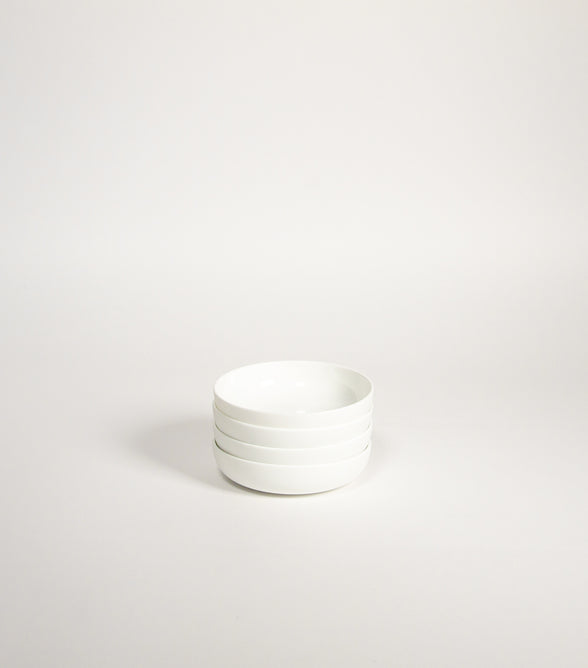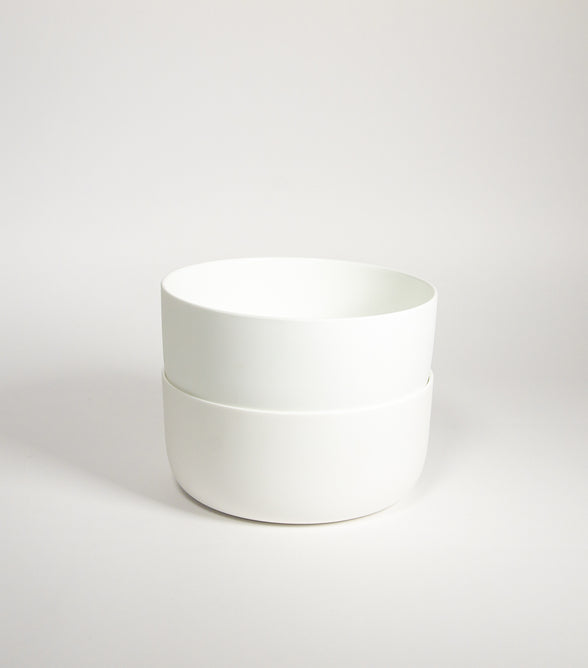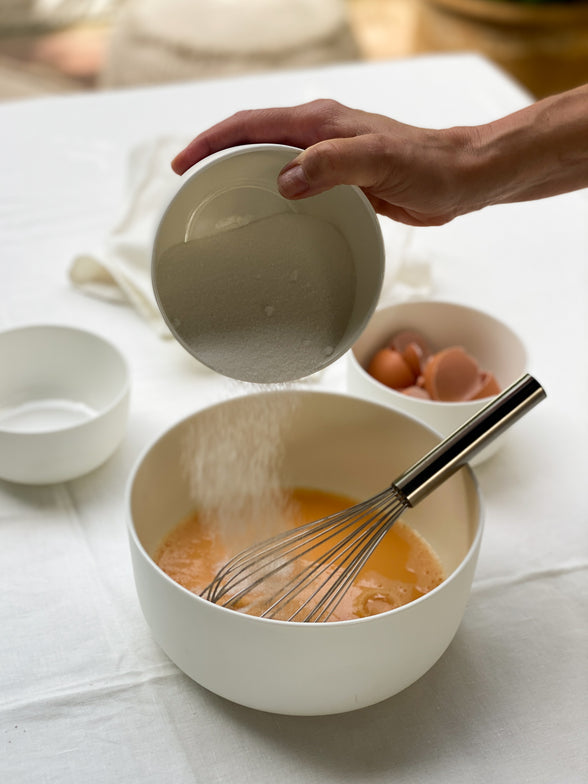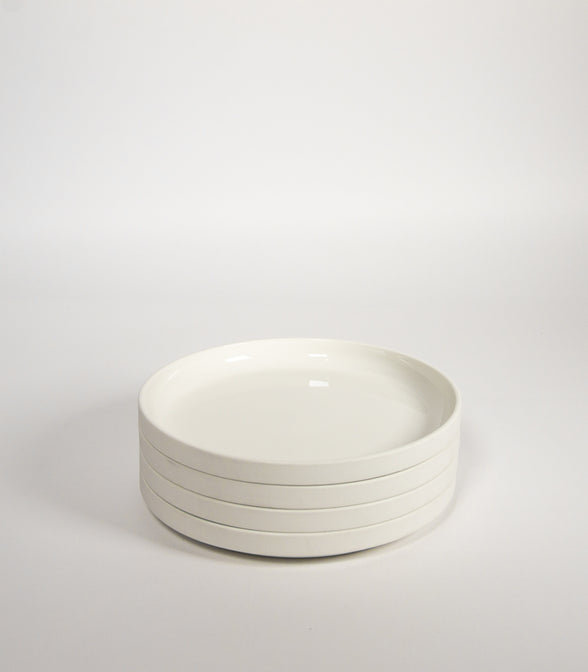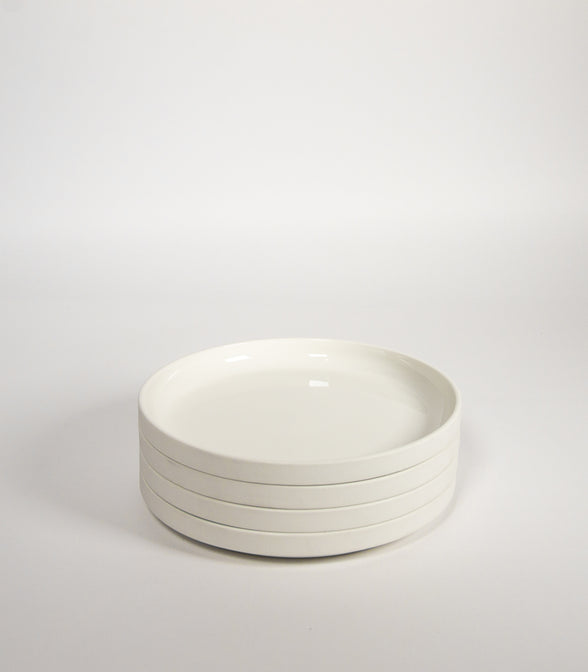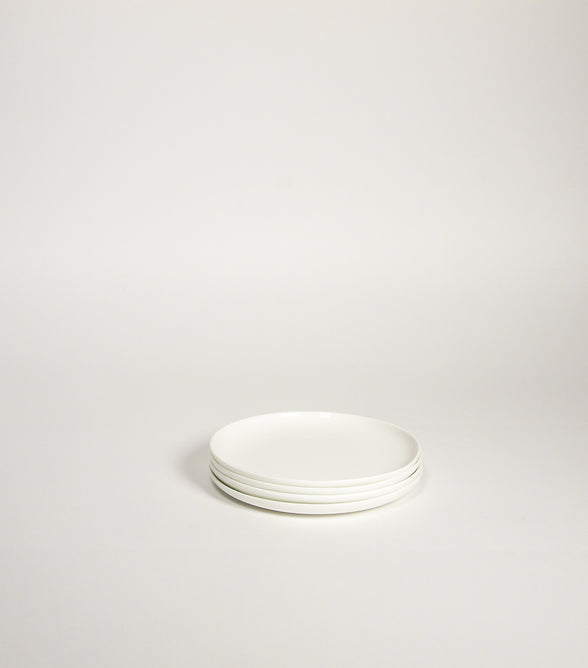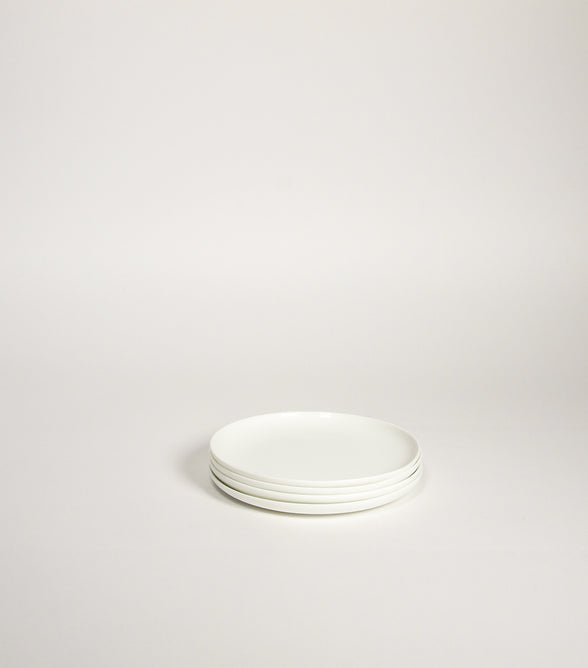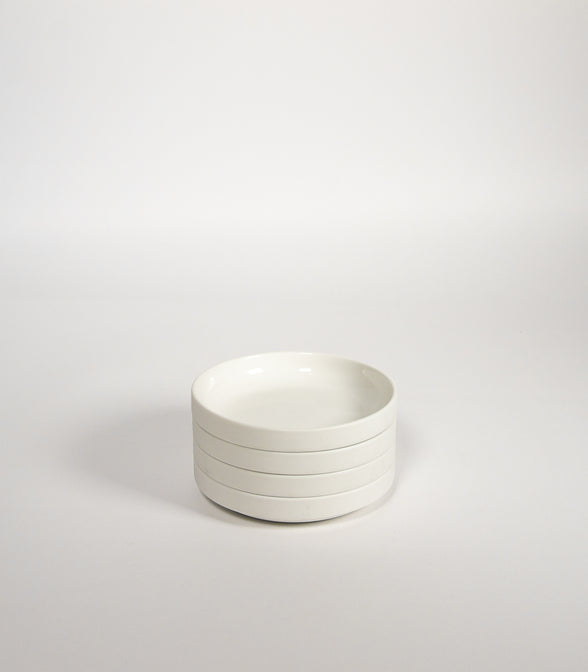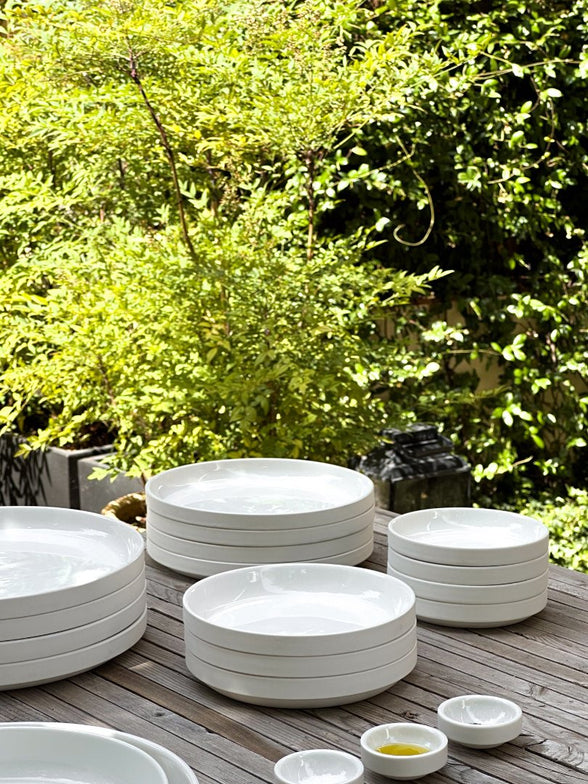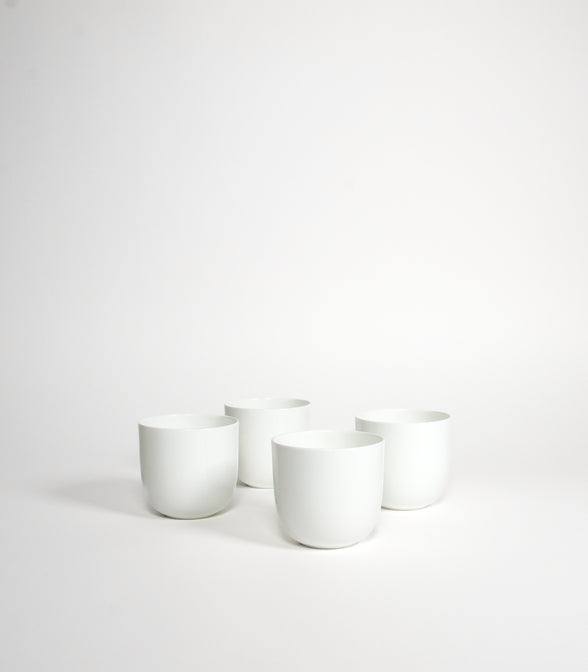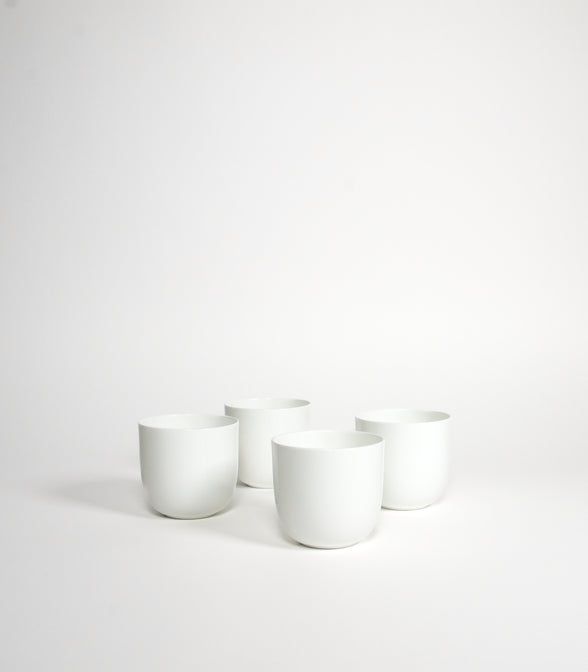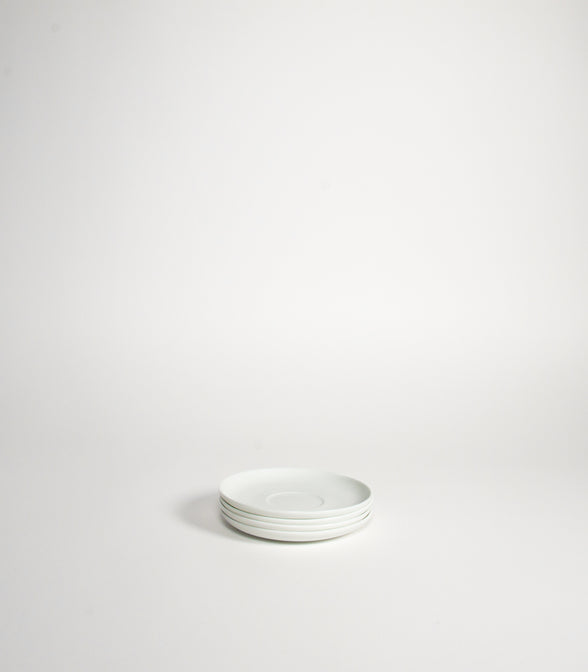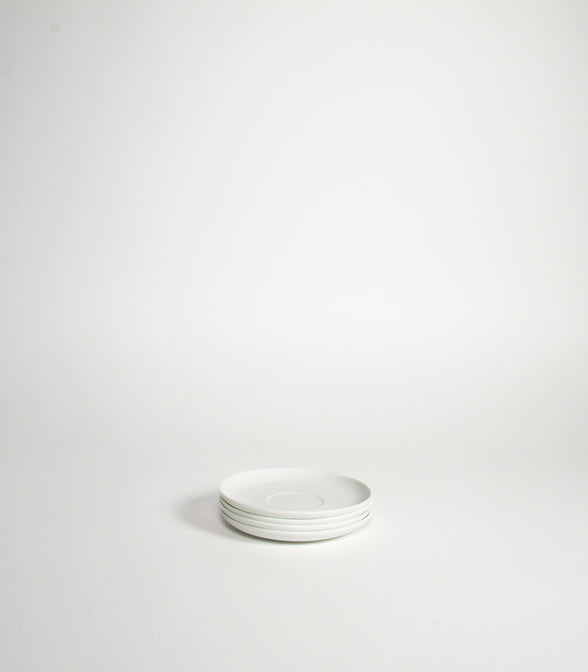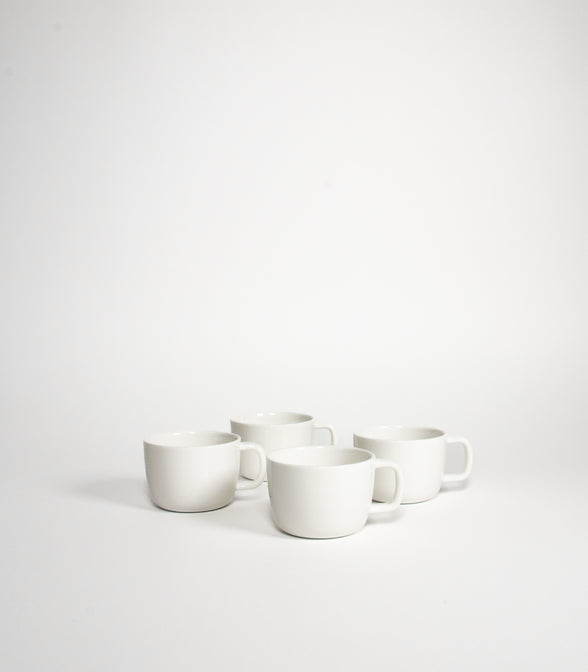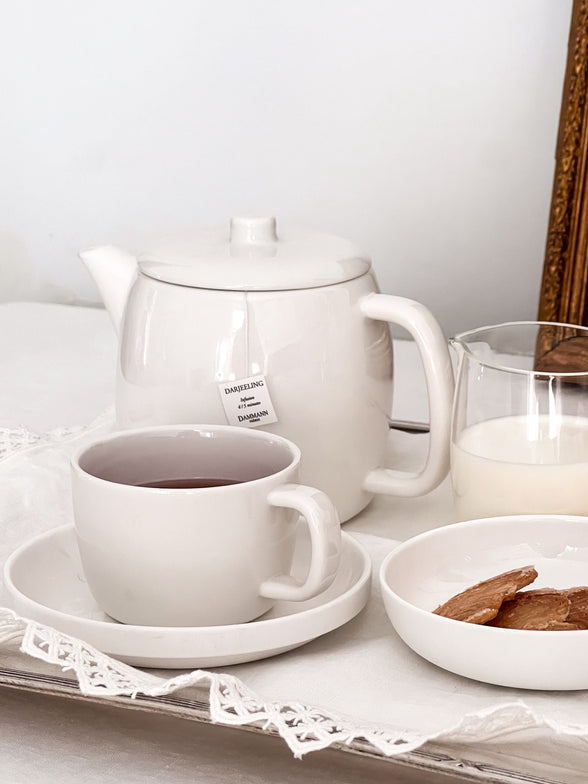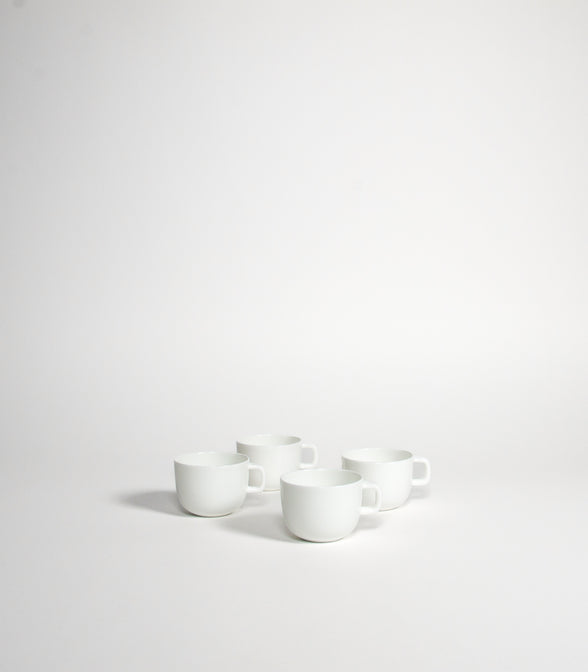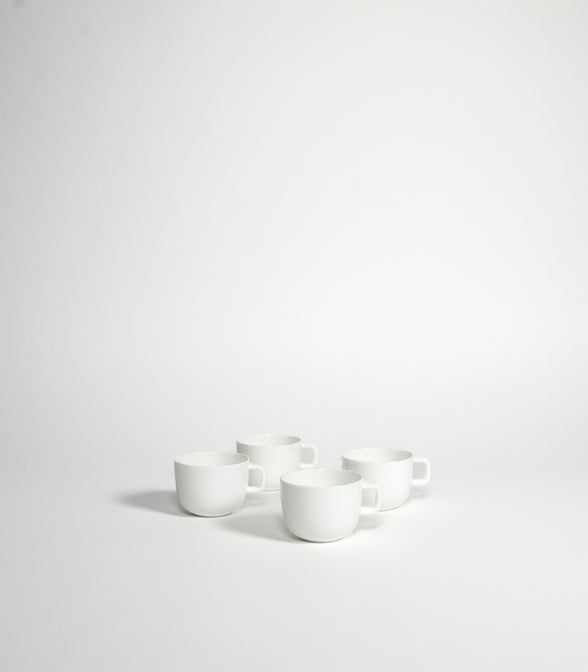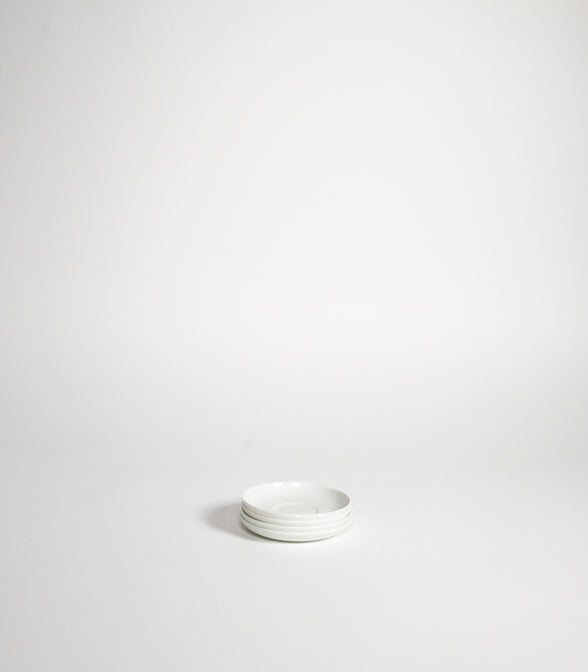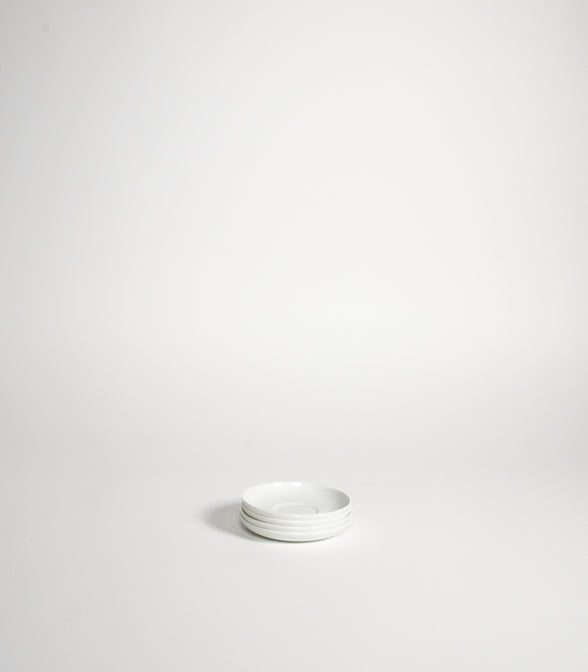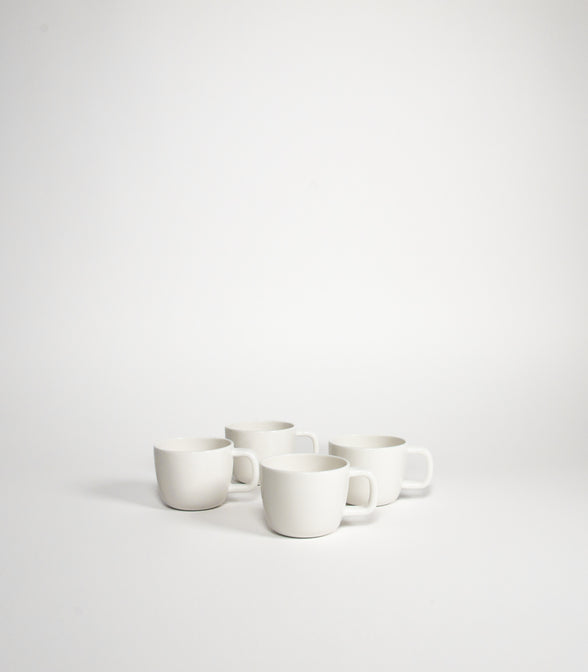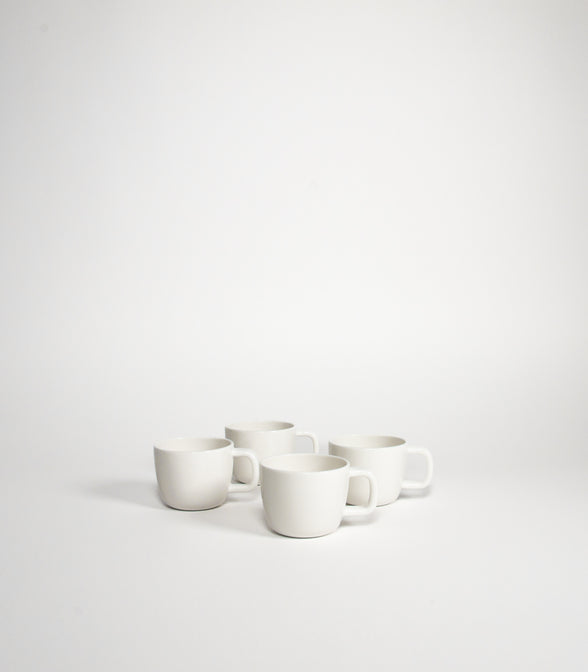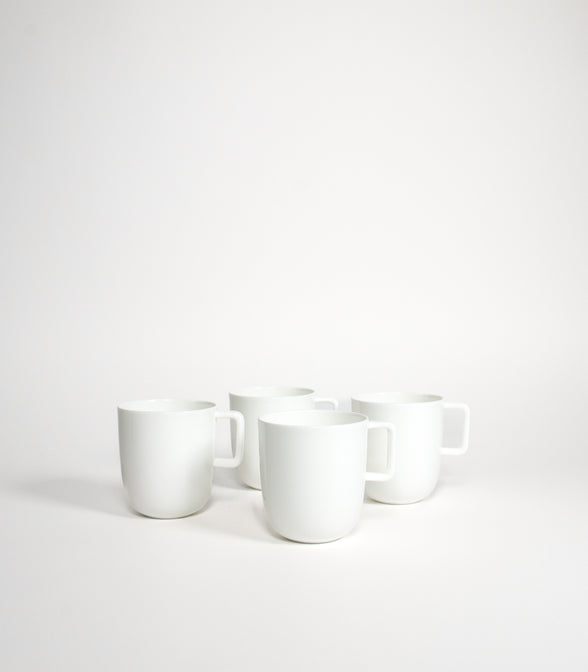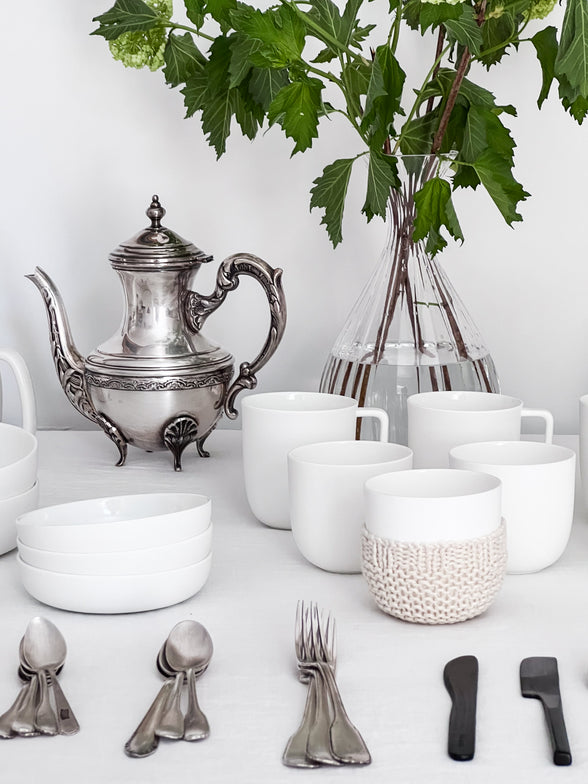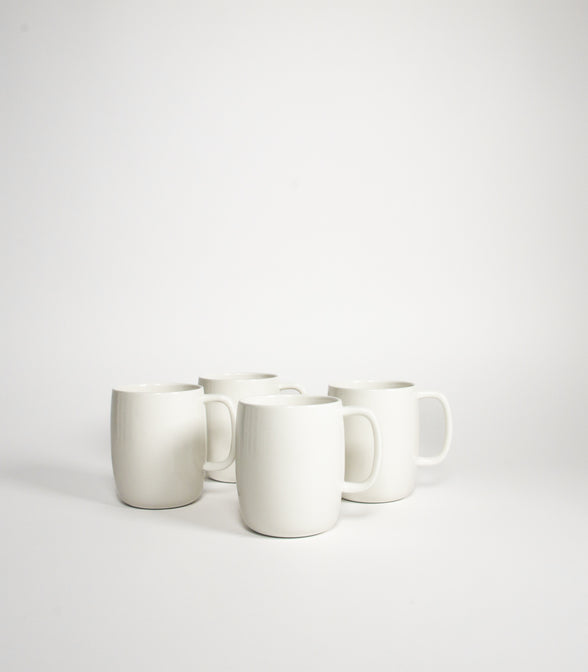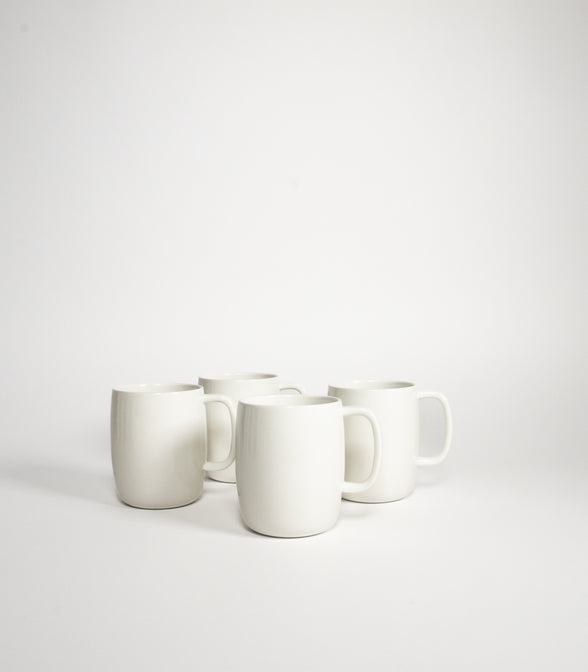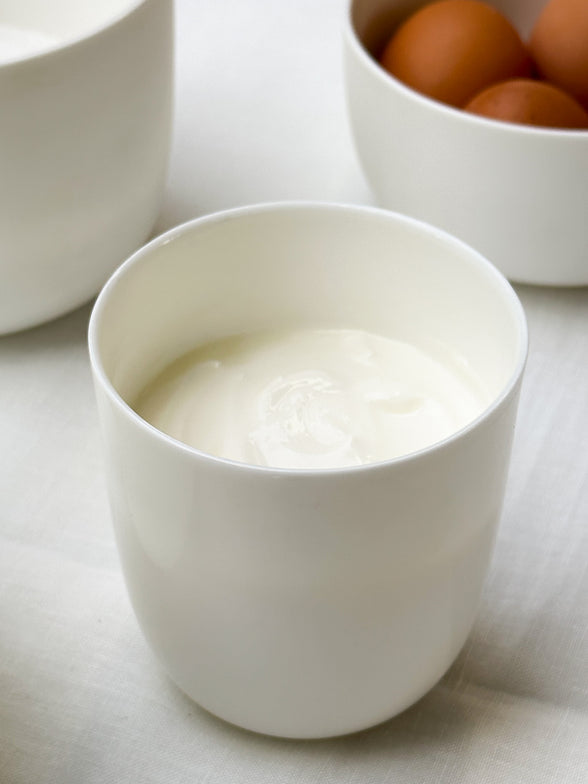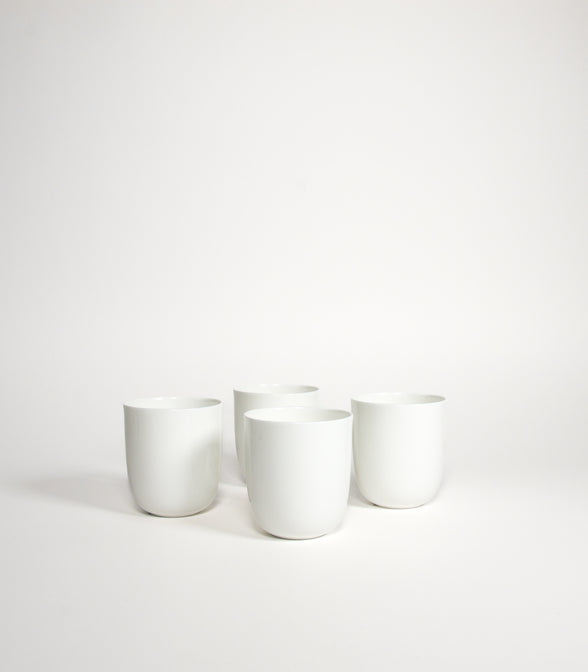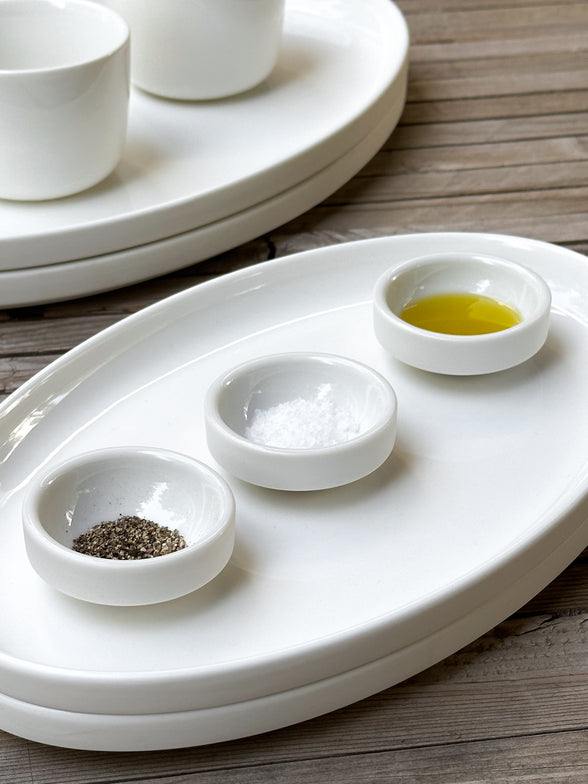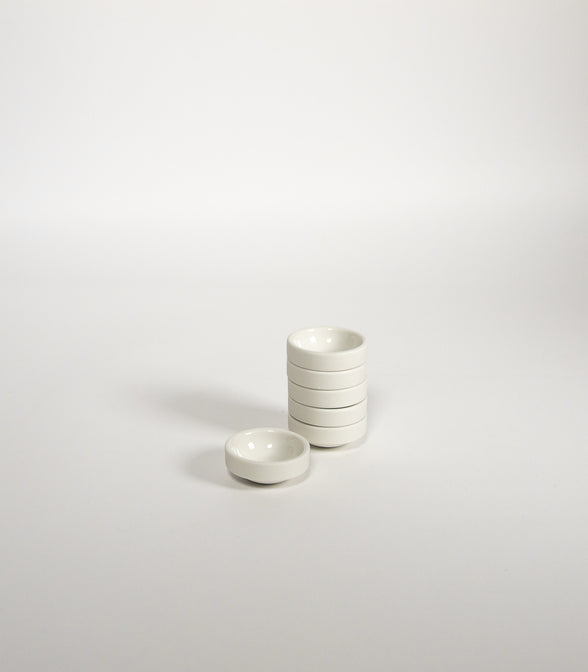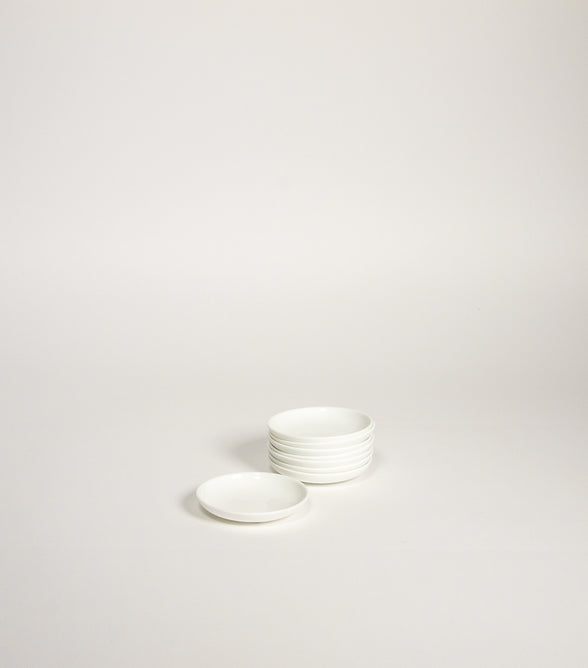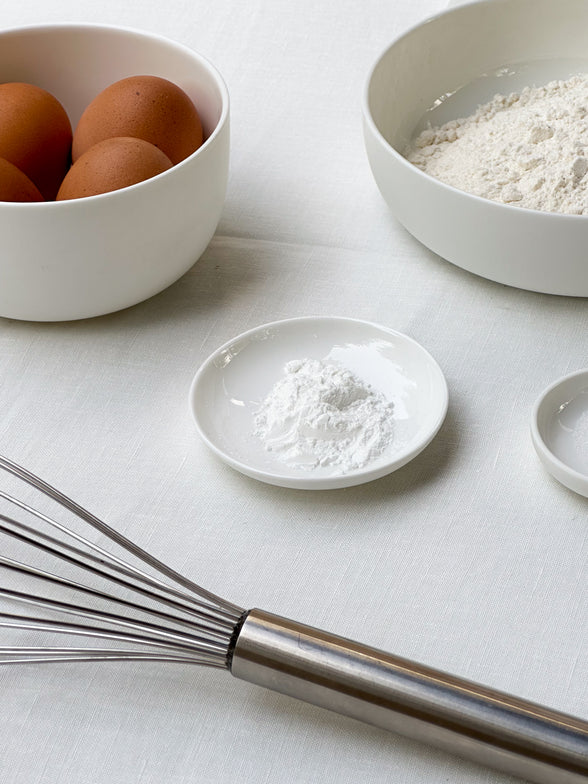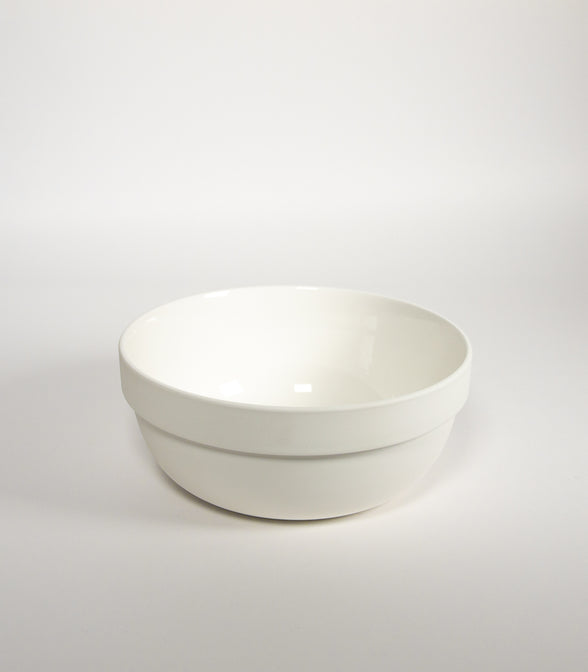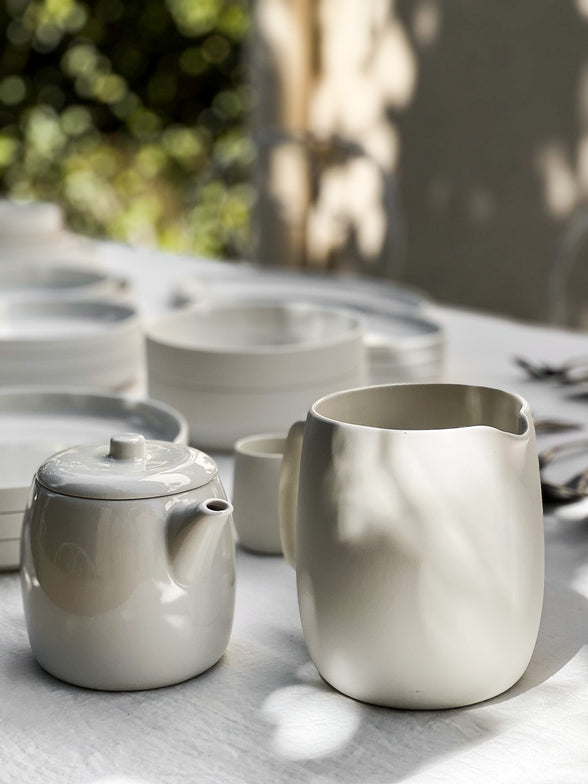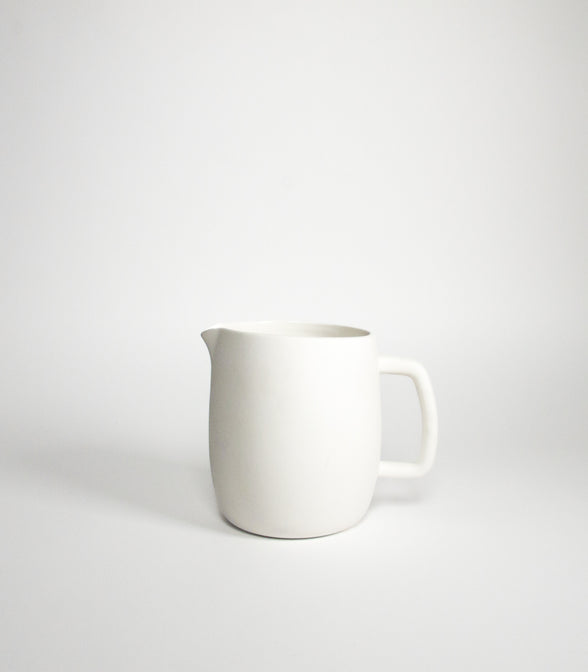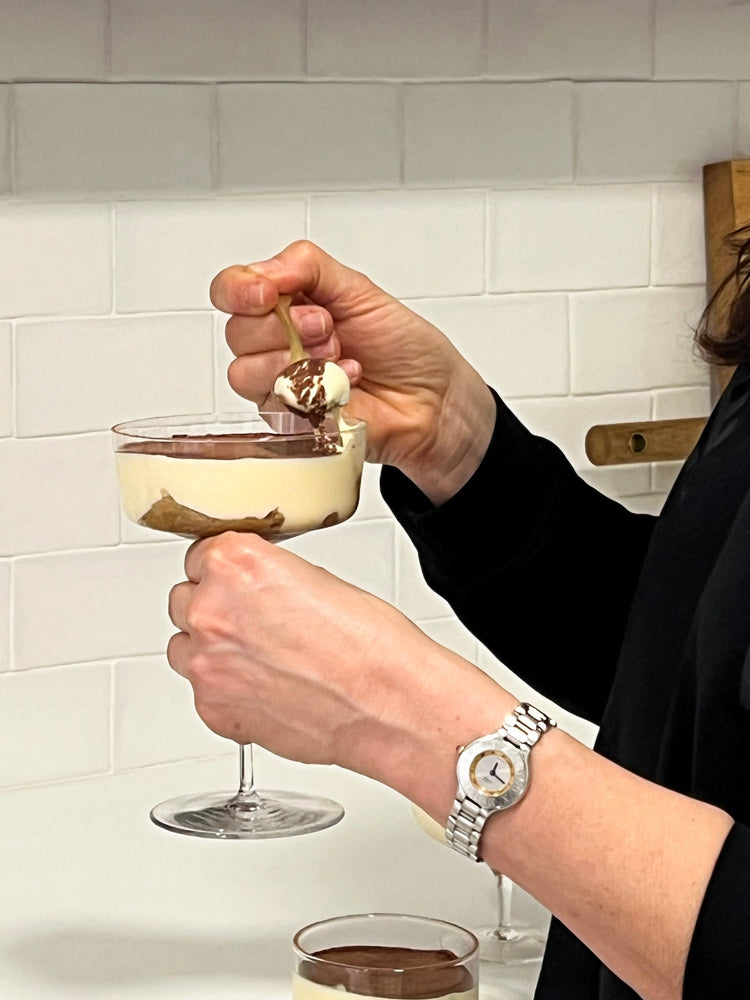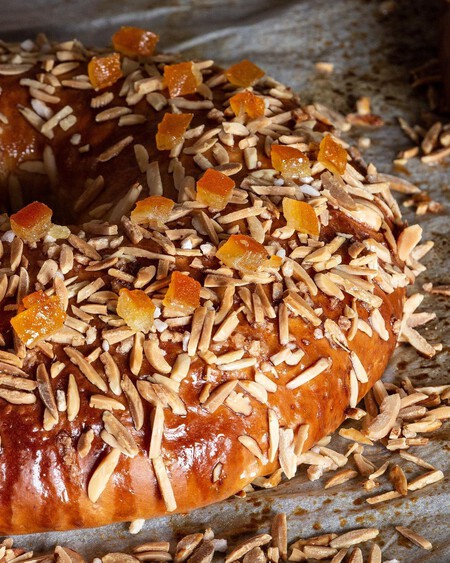The history of porcelain
From Chinese dynasties to European courts
The impact of porcelain on various cultures was remarkable. In Asia, Chinese porcelain was exported along the Silk Road and was highly prized in places such as Persia and the Ottoman Empire. In Europe, porcelain arrived in the 16th century thanks to Portuguese traders and soon became a status symbol.
Porcelain in Europe
At the French court in the 18th century, King Louis XIV collected porcelain pieces, and the famous Sèvres porcelain factory was founded under his patronage. Another renowned European porcelain is Limoges, which to this day is synonymous with high quality porcelain. Such was the fascination with this material that in 1709, in Germany, the alchemist Johann Friedrich Böttger discovered the method of making European porcelain in Meissen.
Porcelain from Sèvres, Limoges and Meissen not only defined the taste of the royal courts, but also helped to position Europe as a global competitor in porcelain manufacture.
The "white gold"
Because of its high commercial value, porcelain in China came to be known as "white gold". In Europe, Chinese porcelain was so highly prized that some pieces cost more than gold itself. In Japan, Arita porcelain was particularly famous, and was of great importance in the tea ceremony, where handcrafted pieces with a delicate balance between form and function were valued.
Porcelain has influenced not only culture and commerce, but also art and technology. The process of making porcelain was a milestone in the development of ceramic science, and its properties - strength, lightness, beauty - are still admired today. Moreover, the exchange of porcelain between continents not only contributed to trade, but also fostered dialogue between civilisations, making it a cultural object with a global impact.
We share the value and authenticity of unique pieces, the importance and care of craftsmanship. Tradition, quality and elegance in the art of setting the table.
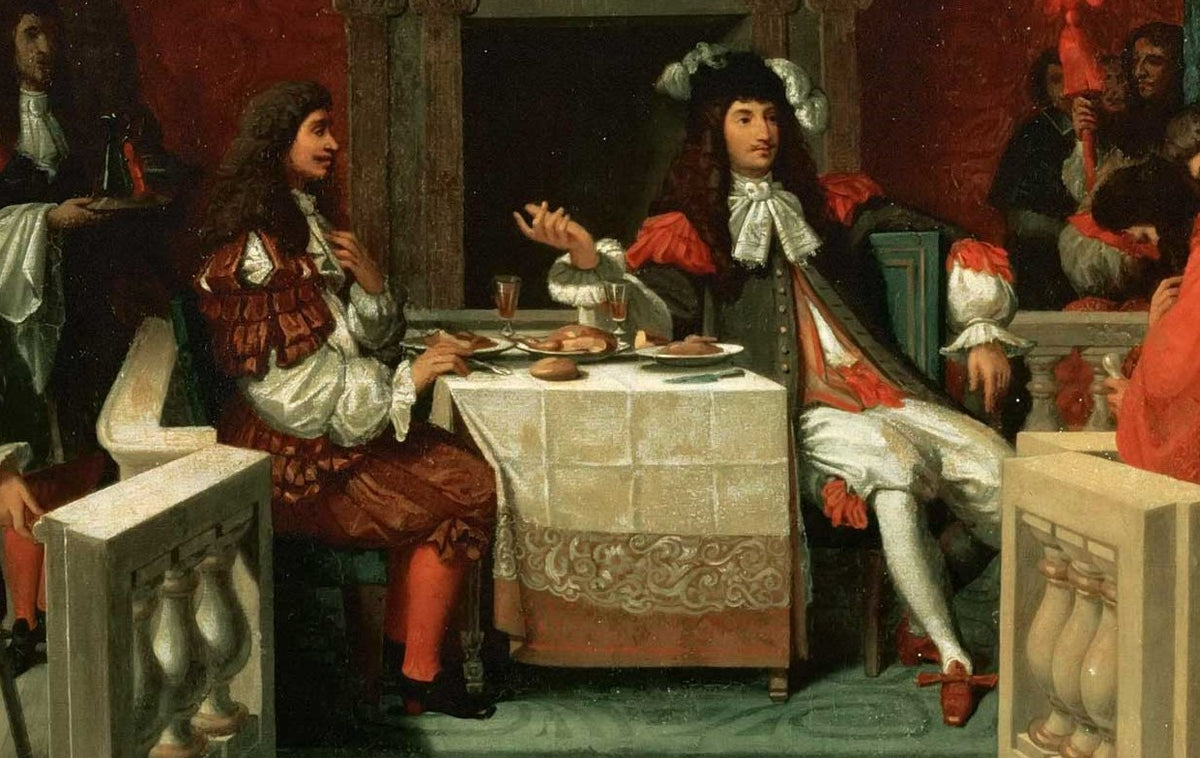
«Molière at the table of Louis XIV», 1857 by Jean Auguste Dominique (1780-1867). Found in the Collection de la Comédie Française, Paris.
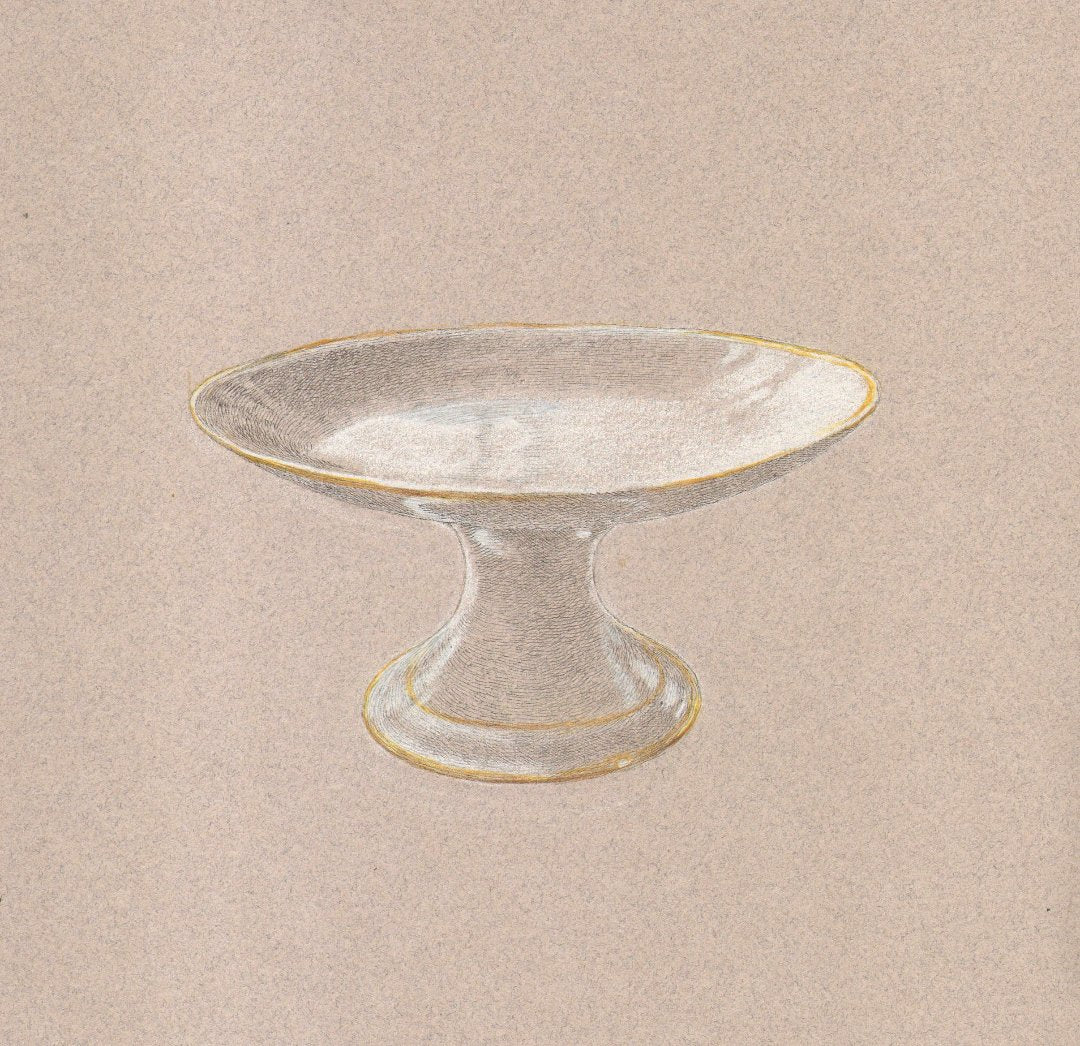
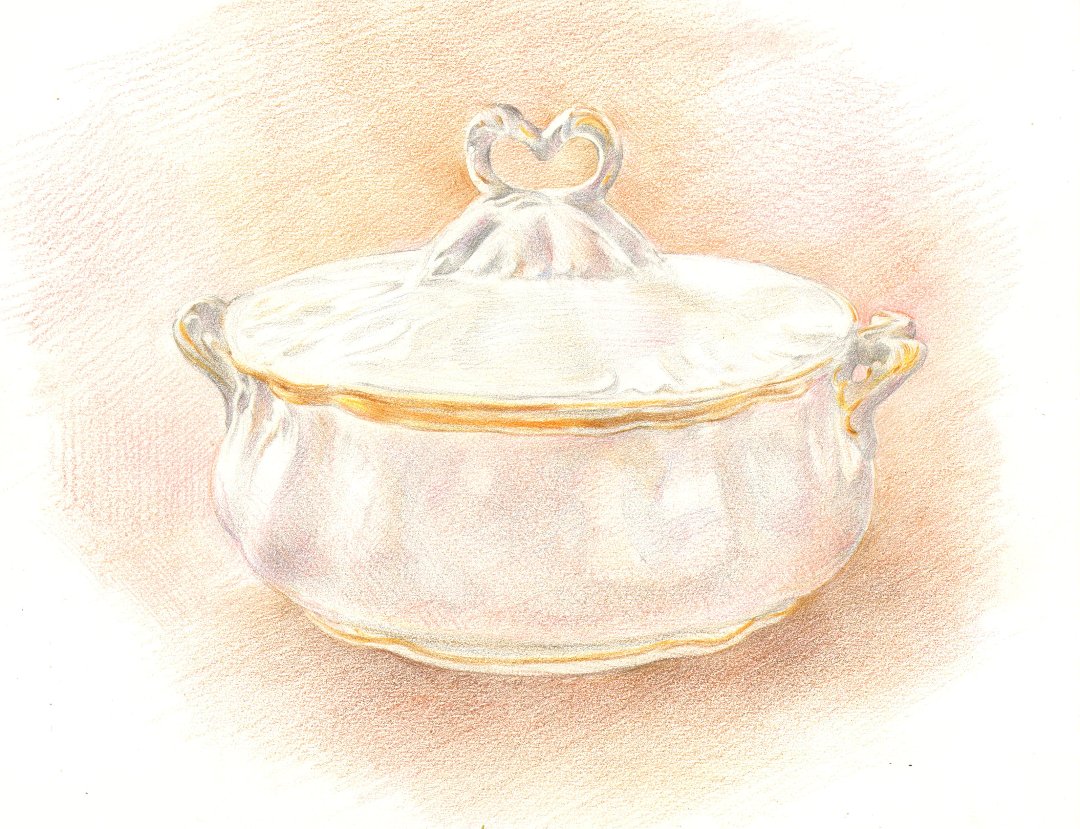

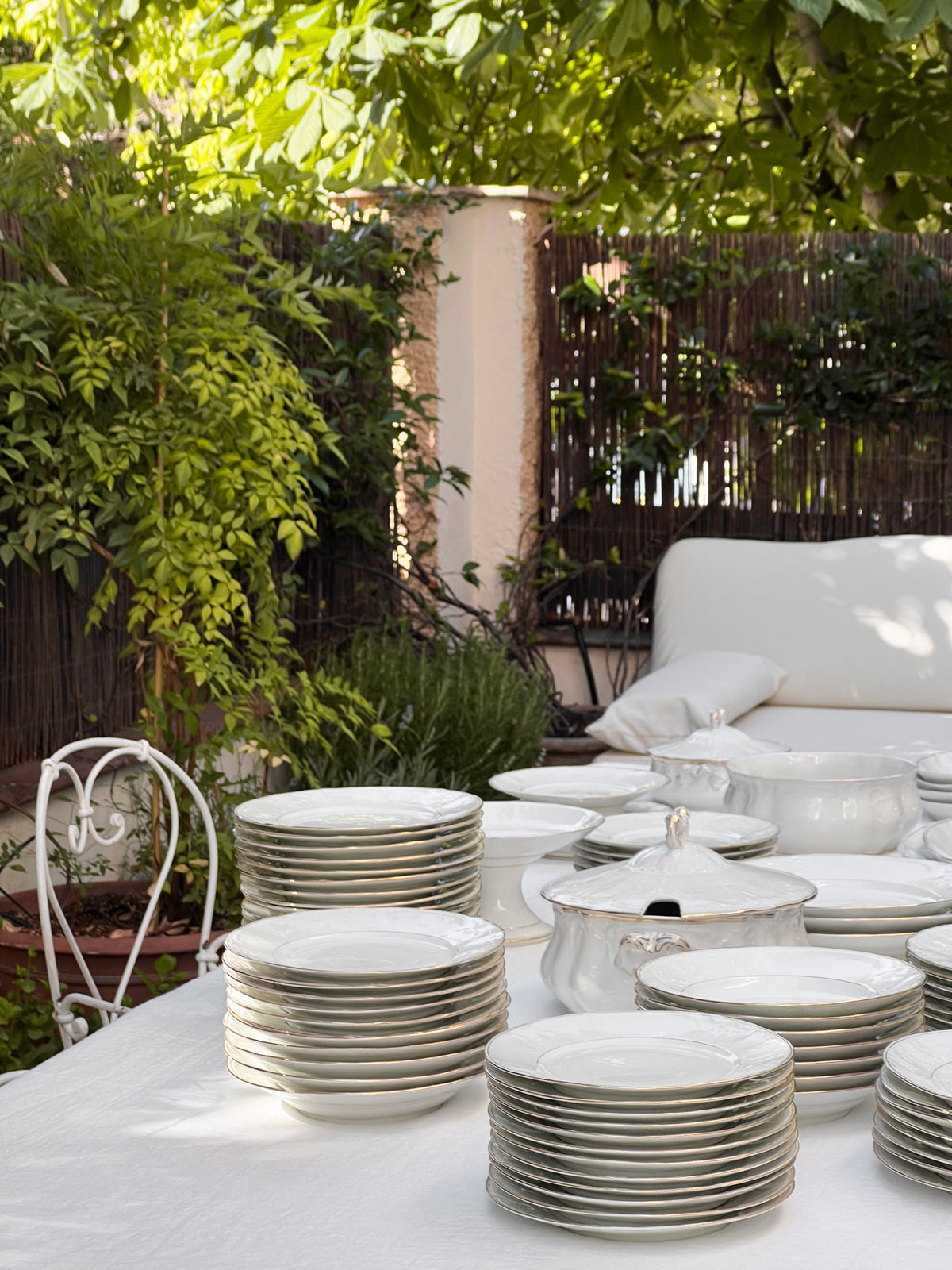
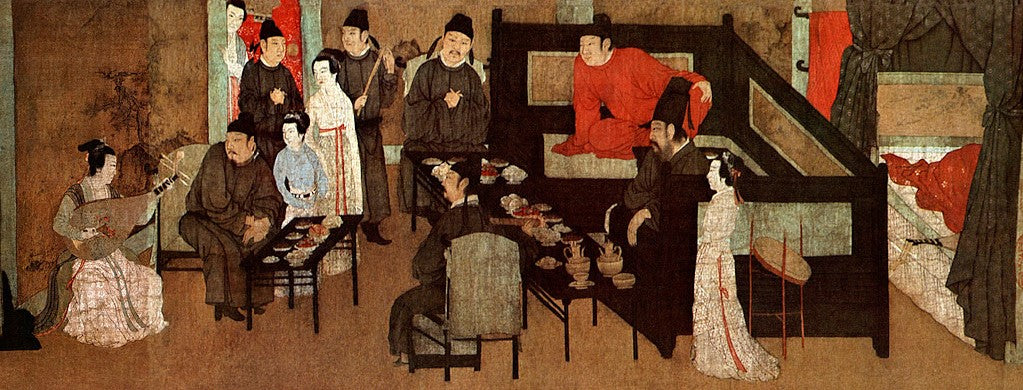
Antique pedestal drawing in pen and pencil on Canson paper, by Francisco Solé and Fuencisla del Amo
Antique pencil drawing of a tureen, by Francisco Solé and Fuencisla del Amo
Porcelain cups from the Base collection, for sale at Villa Las Perelli
Antique Limoges porcelain tableware, for sale at Villa Las Perelli
«Night Banquet by Han Xizai», Gu Hongzhong. Beijing Imperial Palace Museum
